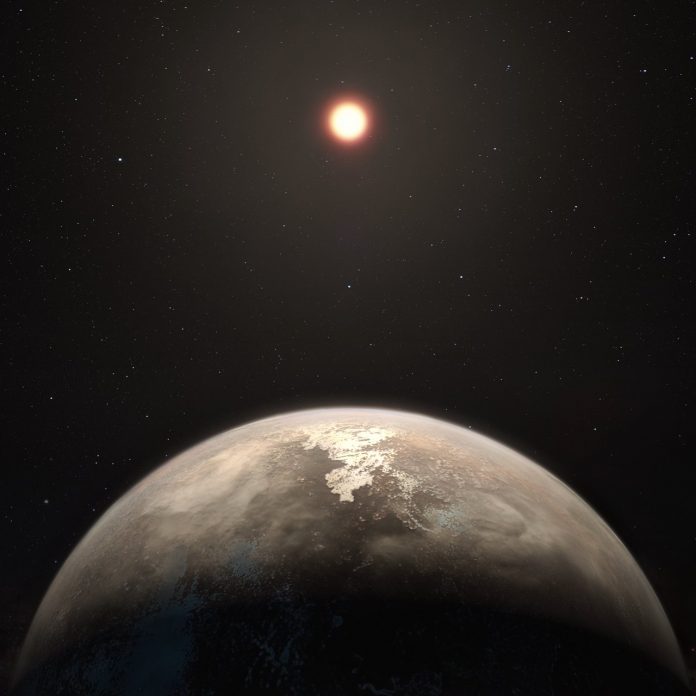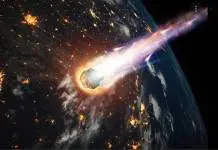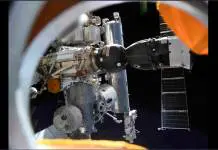
A group of scientists from five different countries has announced on Wednesday the discovery of a new exoplanet just 11 light years away from Earth. It is Ross 128 b, and it might have the perfect conditions to harbor life according to the findings published in the Astronomy and Astrophysics journal.
The newfound planet is the second closest to our home, with Proxima b being less than half the distance from us. However, researchers say that Ross 128 b is definitely the most hospitable out of the two, but there are still observations to be made in order to determine whether or not the ingredients for life could be present there.
Future astronomic projects like the Extremely Large Telescope and the James Webb Space Telescope, scheduled to come online in 2024 and 2019 respectively, will be able to take a closer look at all these potential homes none of us will get to visit in our lifetimes.
How did scientists find Ross 128 b?
The five-nation multidisciplinary team of researchers gazing at the stars above spent more than 10 years gathering evidence of the existence of a planet orbiting Ross 128, a “quiet” red dwarf that is just around the corner from us in space distances.
To come to the certain conclusion that such a celestial body exists, scientists used what is known as the radial velocity method. Essentially, this consists of looking closely at the surroundings of a star to detect some fluttering or wobble that gives away the undeniable presence of a planet.
In the case of Ross 128, it is a dim red dwarf, but its light is still bright enough to wash out any traces of other cosmic objects in its surroundings. With the newly discovered planet, scientists were lucky enough to find it was 1.35 times the size of Earth, and that it was visible in spite being so close to its home star.
Why do researchers believe Ross 128 b is good for life?
For starters, the dimness and behavior of Ross 128 make it a much less intense source of light and heat than our Sun, thus compensating for the proximity of Ross 128 b. The exoplanet is so close that a year there lasts only 9.9 days, but people inhabiting it would be exposed to 38% more radiation.
The planet is believed to have a rocky surface, but what scientists are not completely sure yet is if it has an atmosphere. If it does, then radiation would cease to be such a critical problem, given that clouds and gases would greatly decrease the impact of these harmful rays into any form of life found on Ross 128 b.
Temperatures on the planet would be a comfortable 23 degrees Celsius or 73 degrees Fahrenheit. Proxima b remains closer to us at just 4.5 light years away, but scientists also were able to estimate that Ross 128 is moving at a pace where, in 71,000 years, they would become our closest potentially habitable neighbor.
Source: ESO











